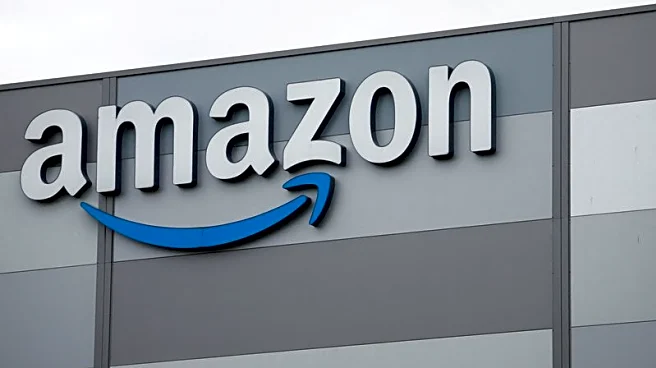What is the story about?
What's Happening?
A report by HUB International highlights a disconnect between employers and employees regarding valued benefits. The 2025 U.S. Workforce Vitality Gap Index reveals that 41% of employees prioritize work-life balance and flexibility over salary, yet only 22% of HR decision-makers recognize these as top priorities. Financial wellness is identified as a major concern, with student debt affecting productivity for 52% of employees aged 35-44 and 51% of those aged 18-24. Healthcare benefits are also underestimated by employers, with 45% of employees aged 24-35 and 42% of those aged 18-24 reporting health concerns impacting productivity.
Why It's Important?
The misalignment between employer offerings and employee preferences can negatively impact retention, productivity, and workplace culture. As companies compete for talent, understanding and addressing employee needs is crucial for maintaining a motivated workforce. Financial wellness and healthcare benefits are significant factors influencing employee satisfaction and performance, particularly among younger workers. Employers that fail to adapt may face challenges in attracting and retaining skilled employees, potentially affecting their competitive edge.
What's Next?
Employers may need to reassess their benefits packages to better align with employee priorities, focusing on flexibility, work-life balance, and comprehensive financial wellness programs. Engaging in dialogue with employees to understand their needs and preferences could lead to more effective benefits strategies. Companies might also consider innovative solutions, such as allowing conversion of unused PTO into financial benefits, to address employee stressors like student debt.
AI Generated Content
Do you find this article useful?














